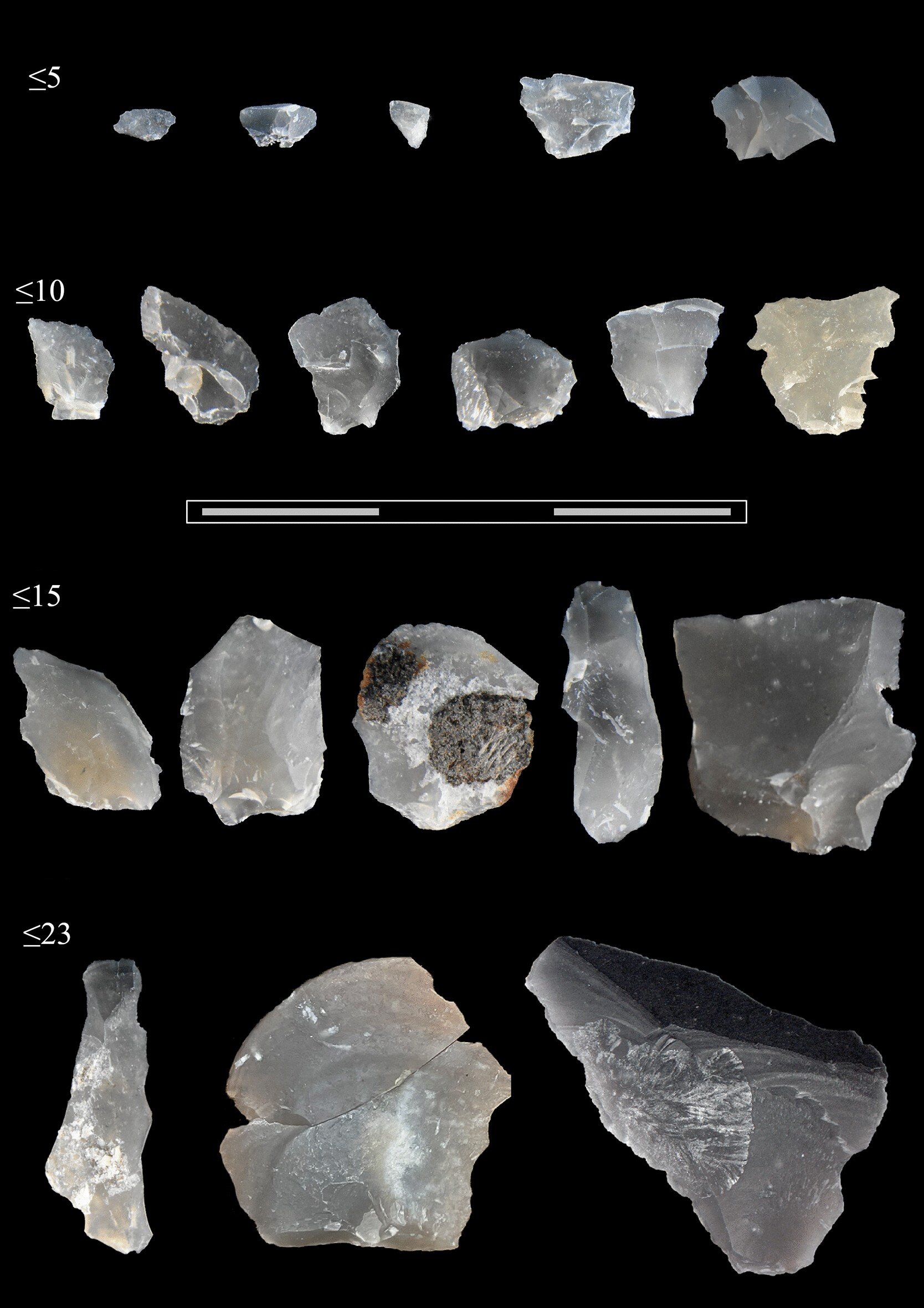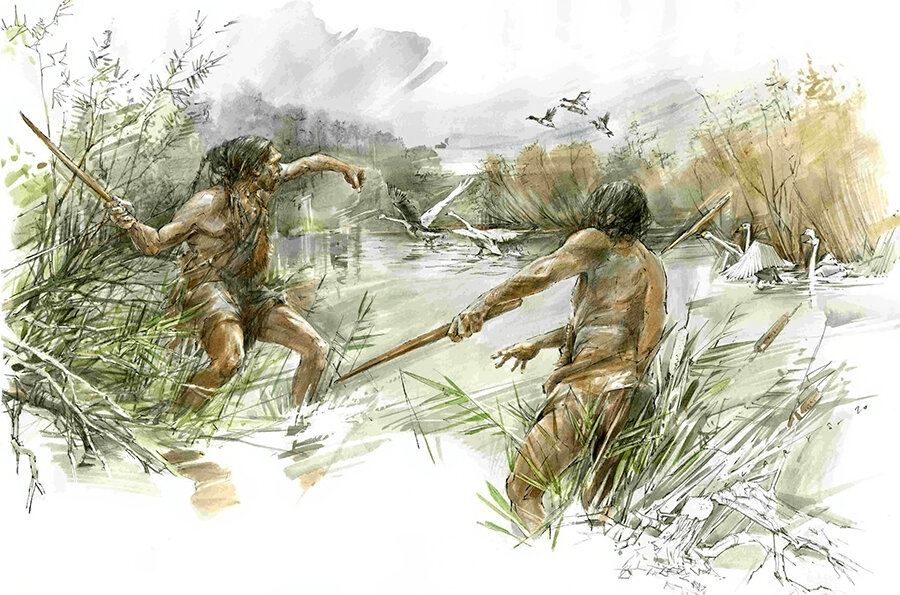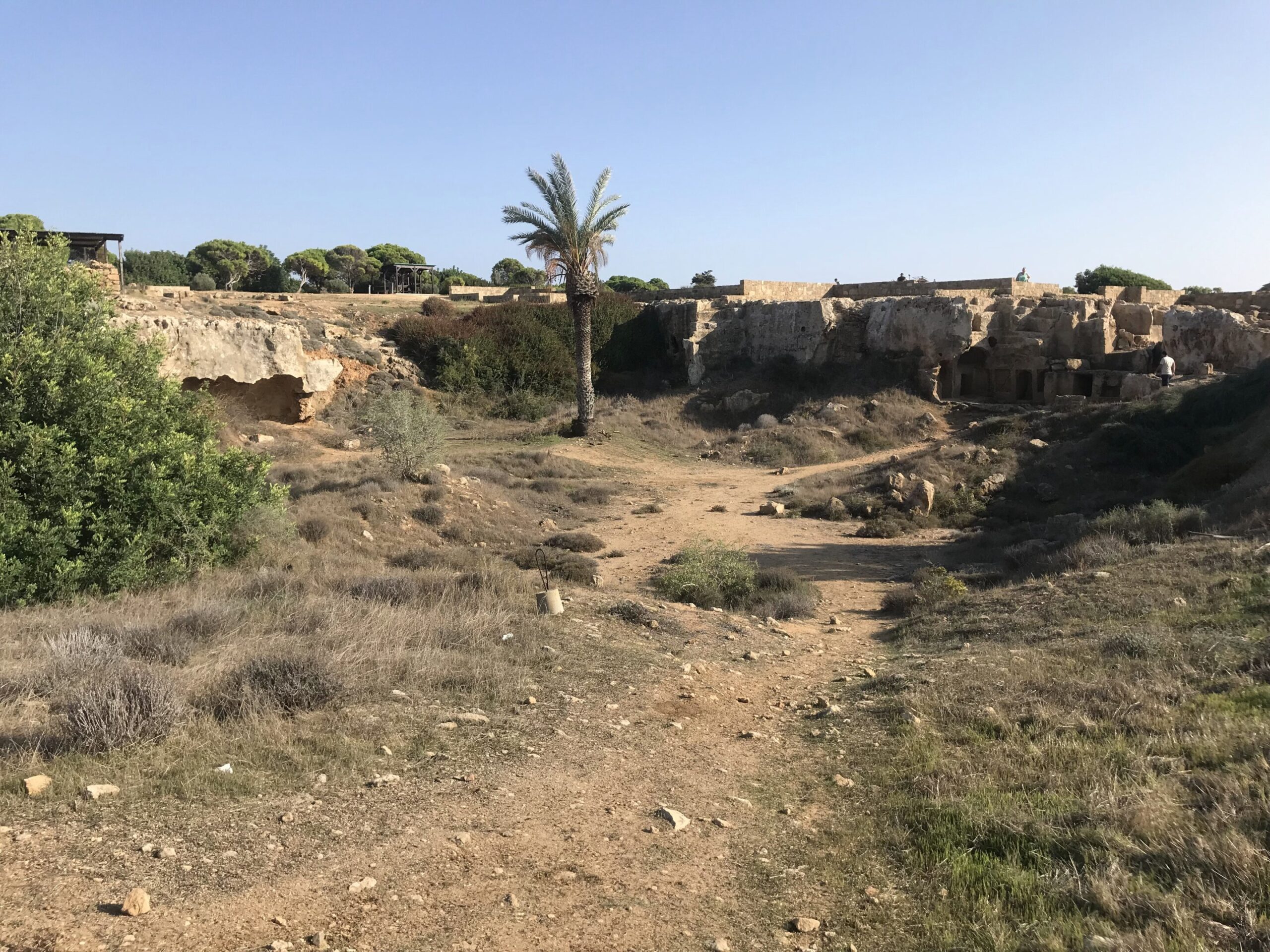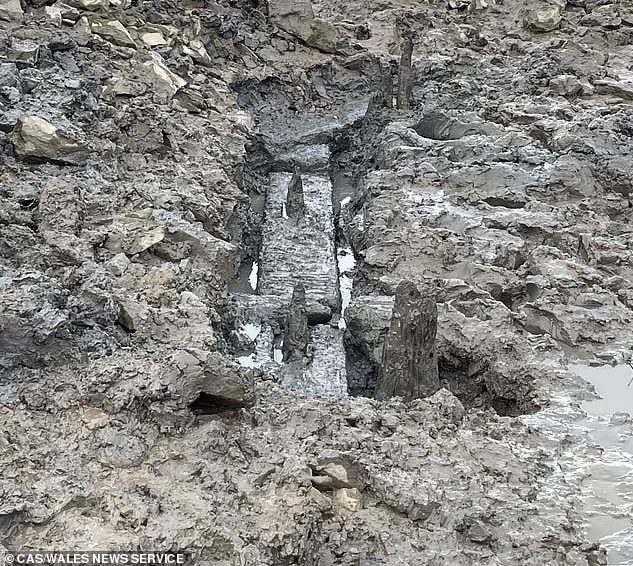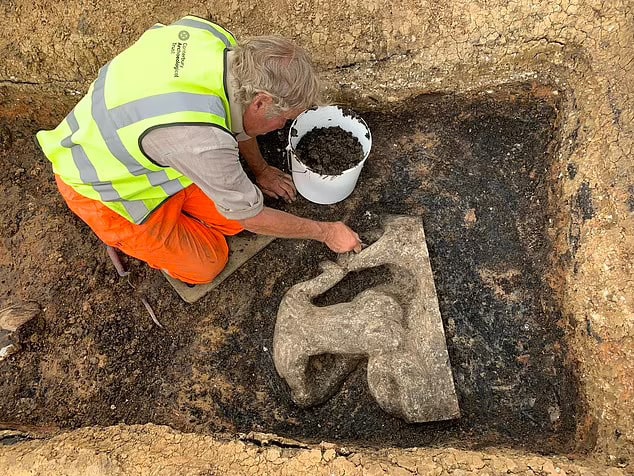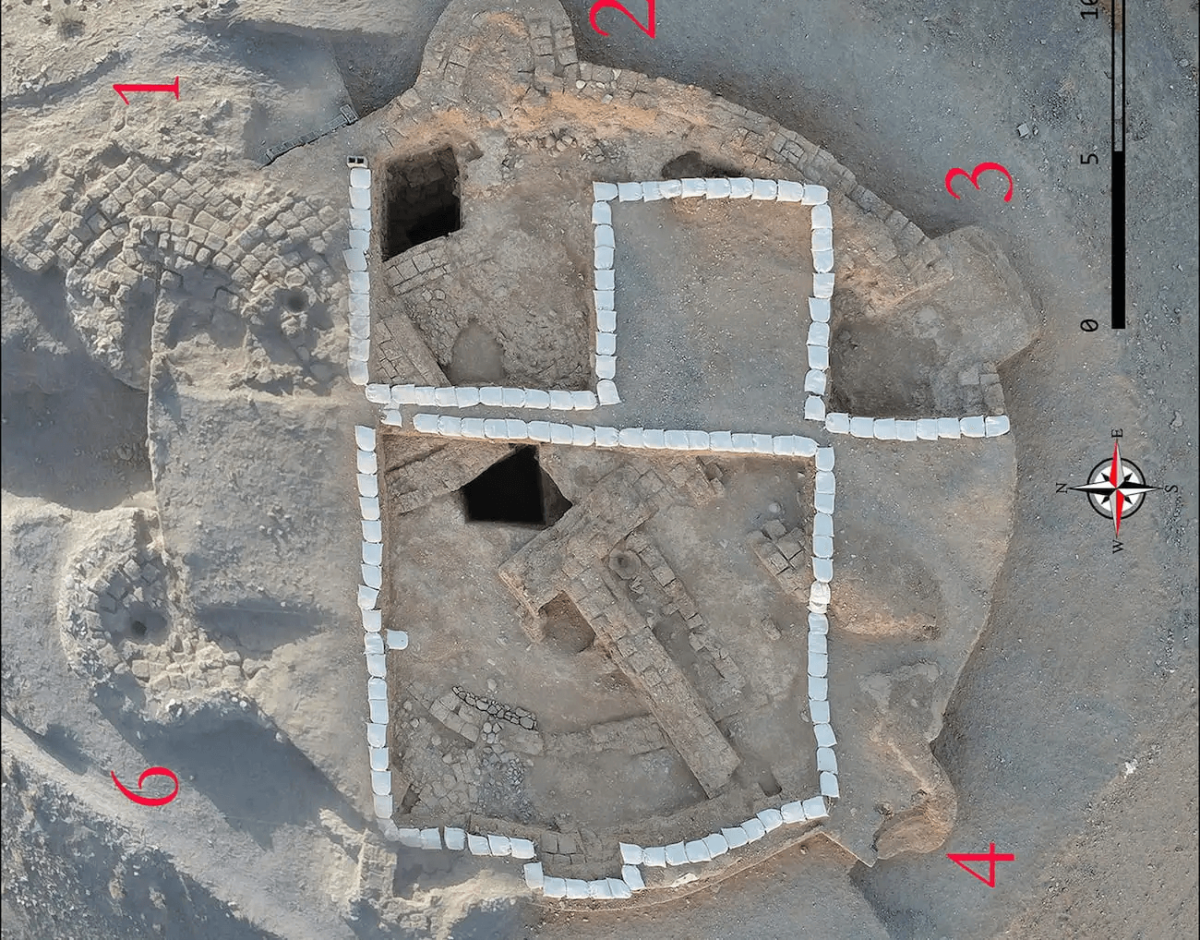Göbeklitepe and Karahantepe Excavations Unearth Painted Boar Statue and Human Figure
Göbeklitepe, the 12,000-year-old megalithic wonder often referred to as the “zero point of history,” continues to astonish archaeologists with groundbreaking discoveries. Recent excavations at this UNESCO World Heritage site and its neighboring “sister site,” Karahantepe, have unearthed a trove of remarkable artifacts, including a painted wild boar statue and a life-sized human figure – both … Read more

